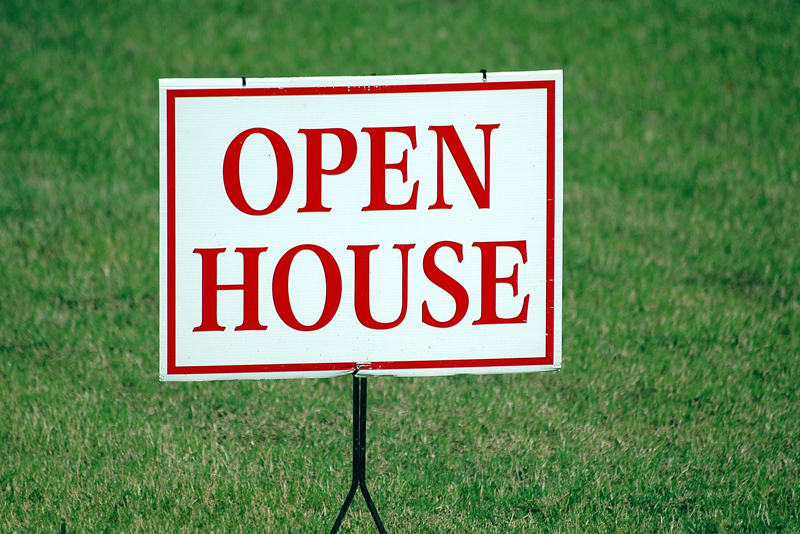The recent changes to mortgage financing rules set by the federal and provincial governments may make it tougher for a prospective borrower to qualify for a mortgage in Canada. Here are 6 ways to up your odds of qualifying for a mortgage:
1. Be prepared with all documents
To get approved for a mortgage, you’ll need your T4’s and Notice of Assessments from the past two years, paycheque stubs from the two pay periods, an employment letter stating how long you have worked at your job, your job title, salary or hourly wage, a list of all your assets, a list of all your debts (if any), including credit cards, student loans, car loans etc.
Under the Money Laundering and Terrorist Act of Canada, you are required to provide a full 90 day history of the account or accounts (savings, chequing, RRSP, mutual funds etc.) in which your down payment currently is. With less than 20% down, you must prove you have enough funds available (1.5% of the mortgage amount) for closing costs such as legal fees, home inspection, moving costs etc.
2. Conventional down payment at 20% down
If a lender sees that you’re able to put down a conventional down payment, the odds may tilt in your favour. The larger your down payment is, the less likely you’ll walk away and let the property go into foreclosure, because you’d very likely lose that down payment if the home foreclosed.
3. Know your credit score
You will need a good credit score to qualify for the best mortgage deals. Contact Equifax or Transunion to find out your credit score. Both of these services use a ‘soft check’, so they won’t affect your credit score if done on your own.
Checking your credit score means you can be sure to avoid any surprises and it will also give you time to correct any inaccuracies should you find any.
4. Avoid older buildings, leasehold or co-op properties
The lender will look at the age of the building, the history of maintenance or lack thereof and the location – especially for condos. Some lenders will limit their exposure with a maximum number of units in a building or avoid lending on buildings over a certain age.
Leasehold and co-op properties also have specific requirements regarding the maximum loan-to-value ratio of the loan. Apart from additional documentation, a higher down payment may be required.
5. Property location
Location. Location. Location. Mortgage lenders like knowing that they can get their money back should you default on your repayments. If the location limits the potential resale value for the property in the event of a default, lenders will be less likely to approve a loan. Some lenders will also lower the amount they are willing to lend for a home located out of key market areas.
6. Property use
If the owner-occupied house has a suite, rental income may be considered as an option to decrease your monthly responsibilities. In the case of a condo, the property may have a commercial component in the building, like shops below or a leasing space in the unit for business. In such cases, some lenders may not be convinced to finance. In other cases, the lender may allow with approval by the insurer (CMHC).
A second home purchased for recreational use will require a review to see if the property has seasonal or year-round access. If the property requires renovations, the extent and cost to the value of the property will be considered.
It is helpful to seek advice from a Mortgage Broker before you start looking at any property. This gives an opportunity to discuss detailed requirements for the type of property you wish to purchase.


